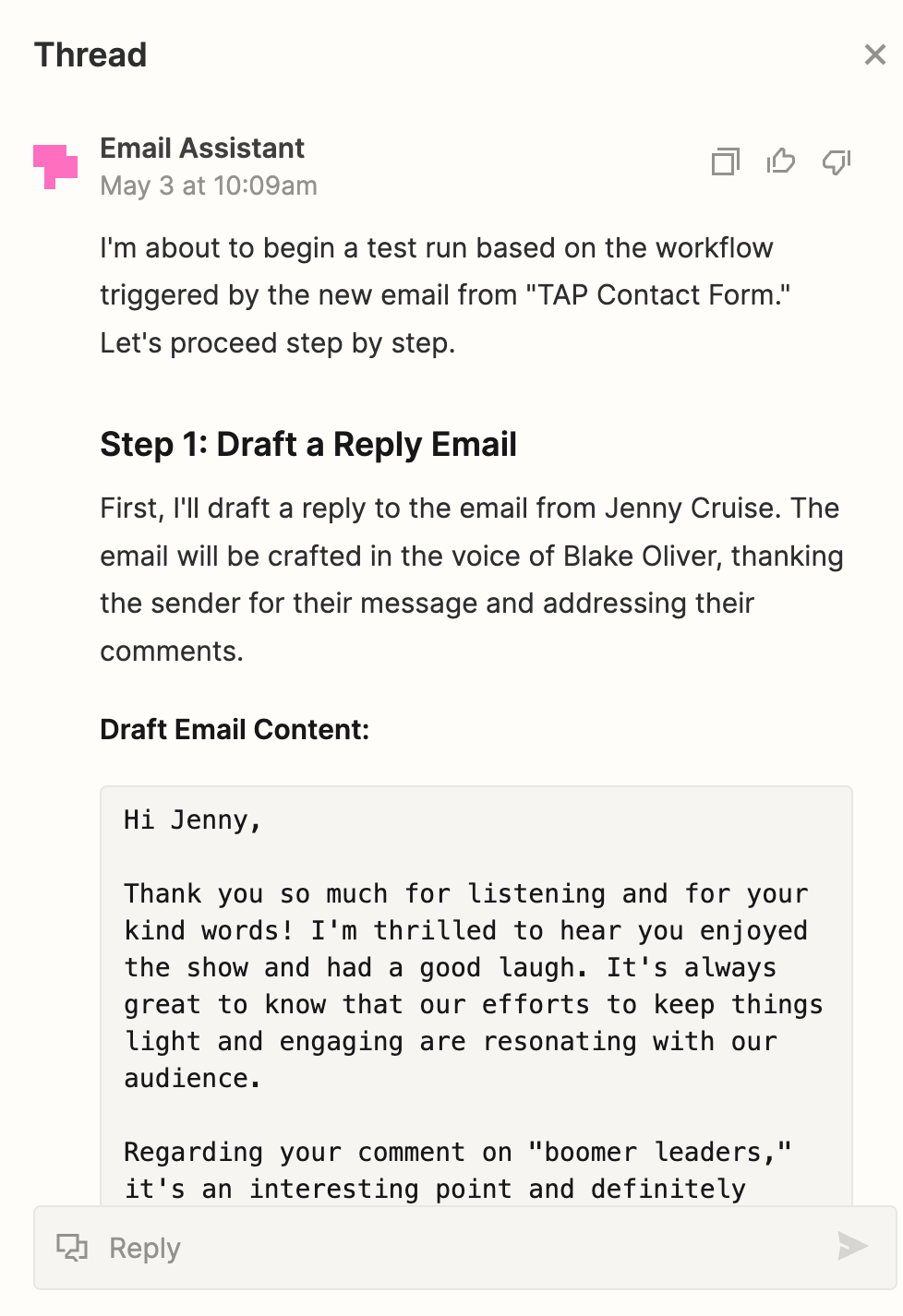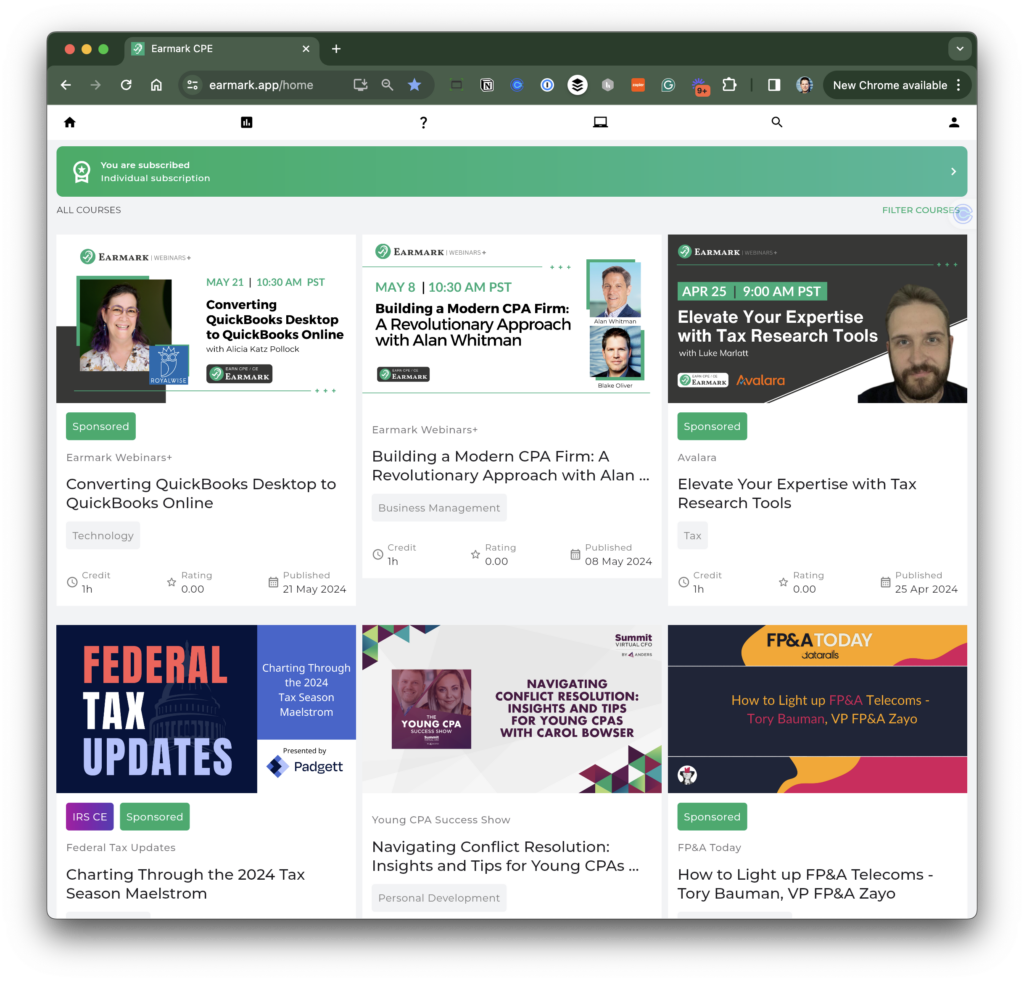CPA firm owners are constantly bombarded with new opportunities, from taking on new clients to investing in cutting-edge software. But how can they decide which opportunities are worth pursuing and which will only lead to headaches and wasted resources?
In this episode of the “Who’s Really the Boss?” podcast, hosts Marcus and Rachel Dillon dive into a powerful framework for making strategic business decisions. By consistently asking two key questions – “Does this simplify my life?” and “Does this increase the value of my business?” – CPA firm owners can cut through the noise and focus on opportunities that will truly move the needle for their firms and their lives.
Introducing the Two-Question Framework
Marcus introduces the two key questions that form the foundation of the decision-making framework:
- Does this make my life easier? and
- Does this increase the value of my business?
The questions are meant to be widely applicable to various life and business decisions. Rachel refines the first question from “Does this make my life easier?” to “Does this simplify my life?” to emphasize the importance of long-term simplicity over short-term ease.
Applying the Framework to New Client Prospects
Rachel and Marcus discuss how the two-question framework can guide the evaluation of new client opportunities.
First, ask, “Does this make my life easier?” In other words, can the work be delegated across the team, or does it rely solely on the owner?
“We would only bring on prospects as clients if they were going to be served by a team approach, where any one person isn’t the full service provider for that client,” Marcus emphasizes.
Then, ask, “Does this increase the value of my business?” When considering taking on a new client, that question could become, “Is the engagement a profitable long-term relationship or a one-off project?”
By applying the two-question framework, CPA firms can focus on clients that will simplify operations and contribute to long-term firm value.
Using the Framework for Software Investments
The two-question framework can also help cut through the hype around new software and determine if it will truly add value to the firm.
Marcus and Rachel discuss their experience of moving away from over-engineered reporting tools that clients didn’t value and focusing time on client conversations instead. They highlight the importance of considering the ongoing support and future team’s ability to use the software.
Regarding the latest trend, AI chatbots, Marcus says, “I am not on the forefront of use of AI. I am not an early adopter, but I’m an adopter somewhere in that cycle. The reason why is I just don’t have enough time in the day, or I don’t enjoy investigating the use of AI in multiple different ways. That doesn’t give me joy. That doesn’t simplify my life.”
The framework helps firms invest in technology to streamline operations and enhance client service rather than chasing shiny objects.
Evaluating Potential New Service Lines
In the episode, Rachel challenges Marcus to apply the two-question framework to adding wealth management as a new service line.
While adding a new service line could increase firm value, Marcus notes that it may not simplify operations in the short term due to the learning curve and client acquisition needs. He emphasizes assessing if a new service line aligns with the firm’s overall strategy and client base.
“If I’m going to add wealth management, does that make my life simpler? Probably not in the beginning because we would maybe have to go out and acquire a different type of client,” Marcus explains.
The two-question framework brings rigor and structure to evaluating any potential new service offering, ensuring strategic fit and long-term value.
Embracing the Power of “No”
Of course, using this framework also means being willing to say “no” to opportunities that don’t pass the test. This can be challenging, especially in the early stages of building a firm when every client and every dollar of revenue feels crucial.
However, as Marcus and Rachel’s experiences illustrate, learning to say “no” to the wrong opportunities is just as important as saying “yes” to the right ones. By being selective and strategic, you can free up time and resources to focus on the clients, projects, and initiatives that will truly move the needle for your firm and your life.
A Roadmap for Strategic Growth
At the end of the day, the two-question framework is a powerful tool for CPA firm owners who want to build businesses that not only thrive financially but also support the lifestyle and well-being of their leaders.
By consistently asking, “Does this simplify my life?” and “Does this increase the value of my business?” you can cut through the noise of endless opportunities and make strategic decisions with clarity and confidence.
So the next time you’re faced with a shiny new prospect, a cutting-edge software tool, or a potential new service line, take a step back and put it to the test. Your future self – and your future firm – will thank you.
For more insights on navigating the challenges of running a CPA firm, listen to the full episode of “Who’s Really the Boss?” and subscribe to the podcast for future valuable discussions.
Rachel and Marcus Dillon, CPA own a Texas-based, remote client accounting and advisory services firm, Dillon Business Advisors, with a team of 15 professionals. Their latest organization, DBA | FIRM, supports and guides accounting firm owners and leaders with free resources and education.





